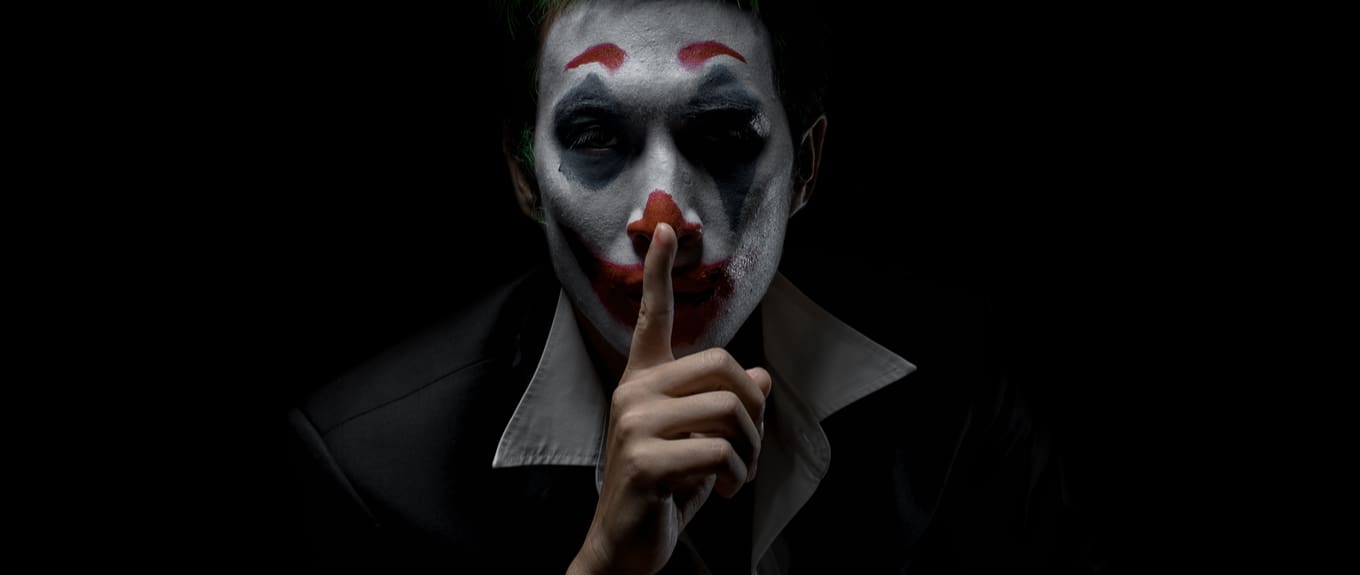I should start this blog with some information that we all should know, but I wonder if we have forgotten it? I extracted this useful information from the introduction to the paper.
We know that dental radiographs are low dose. As a result, a single radiograph is unlikely to cause harm. However, the risk from our imaging is stochastic and random. This effect may damage cells sufficiently to lead to cancer, possibly. Children are also more susceptible to the effects of ionising radiation. Furthermore, any head and neck cancer may be associated with diagnostic x-ray exposure. Nevertheless, we cannot prove any cause and effect. This is why we follow the ALARA guideline.
What did they ask?
They did this study to find information on primarily:
“The possible number of cancers produced during 2019 in U.S. Dental Offices from radiography”.
What did they do?
The authors used several sources of data to identify the following:
- Estimates for the number of dental radiography examinations in the USA.
- Estimates for the number of people undergoing a course of orthodontic treatment (From JCO surveys).
- The estimated rate of cancer incidence per million IO, Pan and Ceph radiographs and CBCT examinations.
- They also reviewed the frequency and nature of informed consent for radiographic examination.
I do not have the space to go into the details of the data sources or to review their validity here. The authors present a large amount of information in the paper.
What did they find?
I thought that their results were very worrying. Here are the main points:
- There were 300 million radiographic examinations. These may have resulted in 827 cancers, of which 114 were in children.
- For 5.1 million CBCT examinations, there were possibly 84 cancers, and 73% were in children.
When they looked at orthodontics:
- Twenty-one million patients started a course of treatment in 2020. The estimated total possible cancers were 135. They broke this down to: Full mouth examination 18, Pan 40, CBCT 71 and Ceph 6.
They also did some estimates for CBCT imaging as the use increases. Importantly, they built in the fact that as CBCT use increases, there will be a reduction in panoral and ceph images. They then calculated that CBCT examinations increased from 16% of ortho exams to 50% there would be an increase in cancers of 119 to a total of 254. If CBCT increased to 86%, CBCT cancers would increase to 343.
In their discussion, they pointed out that if a 10- to 14-year-old girl had 3 CBCTs over two years, the risk of her developing cancer was 1 in 6,000.
This scenario is particularly concerning when we consider that the JCO survey revealed that 16% of children attending orthodontic offices routinely had CBCT examinations.
Their overall conclusions were:
- Dentists are possibly causing 967 new cancers in the USA per year in the head and neck region.
- In 2020-21, all courses of orthodontic treatment may generate 135 cancers. A future increase in the use of CBCT images could cause 361 cancers, mostly in children.
What did I think?
This paper’s results and the social media posting of the six-year-old who had 2 CBCTs shocked me. I have looked at the document carefully. While the authors derive their data from readily available sources, they also make several large assumptions. As a result, we perhaps need to be cautious about their findings. Nevertheless, we are dealing with a serious issue, and I feel it is wise to be careful.
We also need to remember that many orthodontic studies suggest we do not need to use cephalometric radiographs for treatment planning. As yet, there is limited research done on the orthodontic diagnostic utility of CBCT. When these studies are done, I will wager that the results will be the same.
Radiographic guidelines also urge caution on the use of CBCT imaging, as this is a high dosage, and it may not be necessary.
Interestingly, the authors declared an interesting conflict of interest. They are both on the Clinical Advisory Board of Smile Direct Club. Does this make a difference to our interpretation?
Final thoughts
One of my jobs when I was training was in radiology. I learnt a lot from a very wise supervisor. He would often say “You should only take a radiograph if you are not reasonably certain of your diagnosis and plan”.
This is still true. Over many years we have been providing good orthodontic treatment without routine CBCT. Perhaps those who are taking CBCTs for routine patients need to improve their diagnosis and treatment planning, if the cost of their uncertainty is putting a child at unnecessary risk.
I cannot help thinking that we need to stop taking so many CBCT images for routine treatment. We don’t even need to consider whether we should be doing this to measure the dynamic airway and go down the quackery track.
I hope that all orthodontists read this paper and bear in mind its results the next time they want to take a pretty 3D picture of a child patient. Clearly, we need to ensure that we have sufficient information to hand to make informed treatment decisions. We also have a great responsibility for the health of our patients, and we should not abuse it.
Link naar het originele artikel: klik hier


